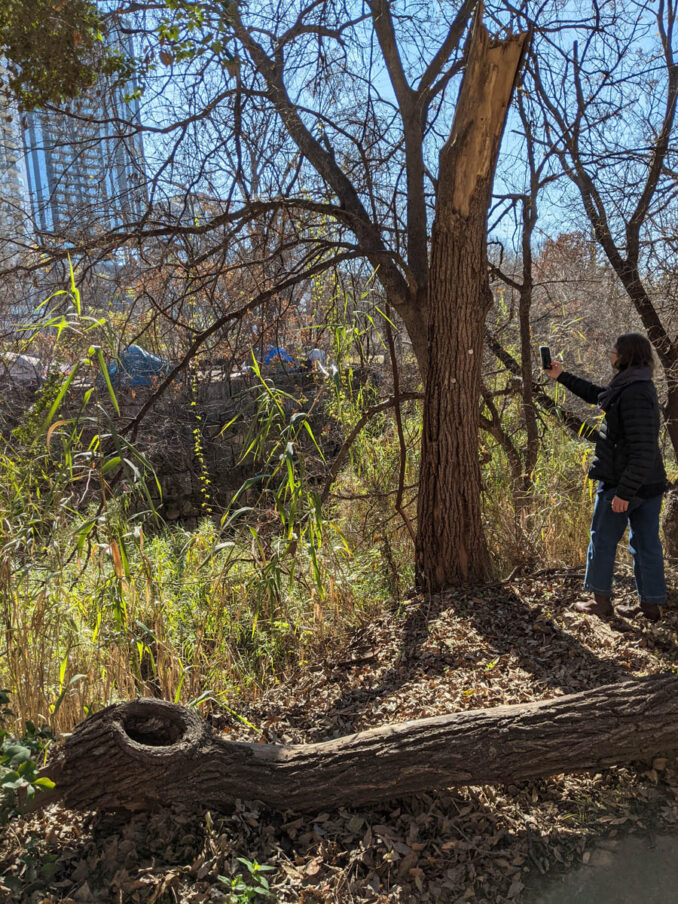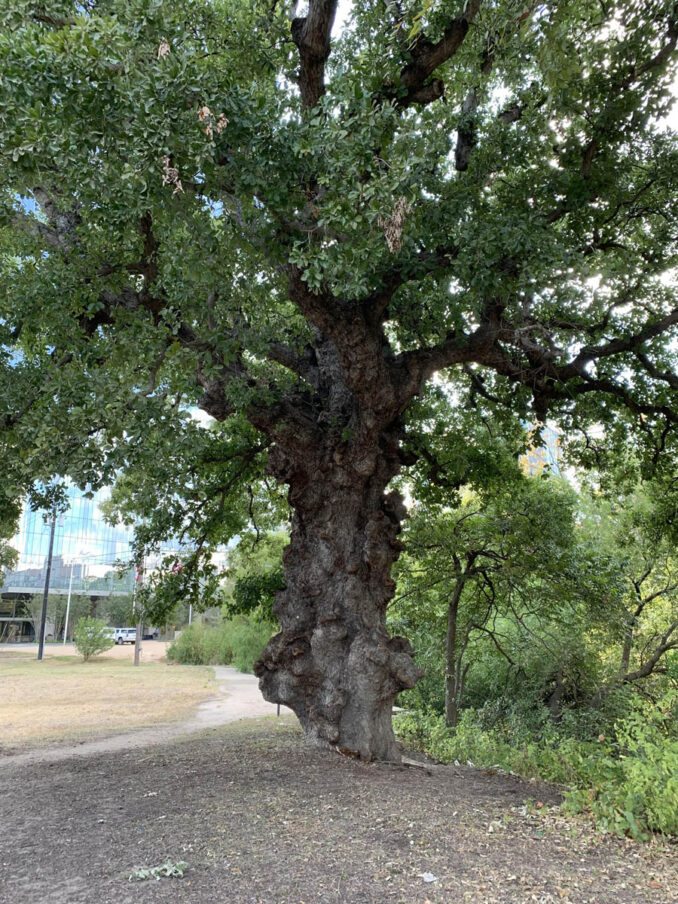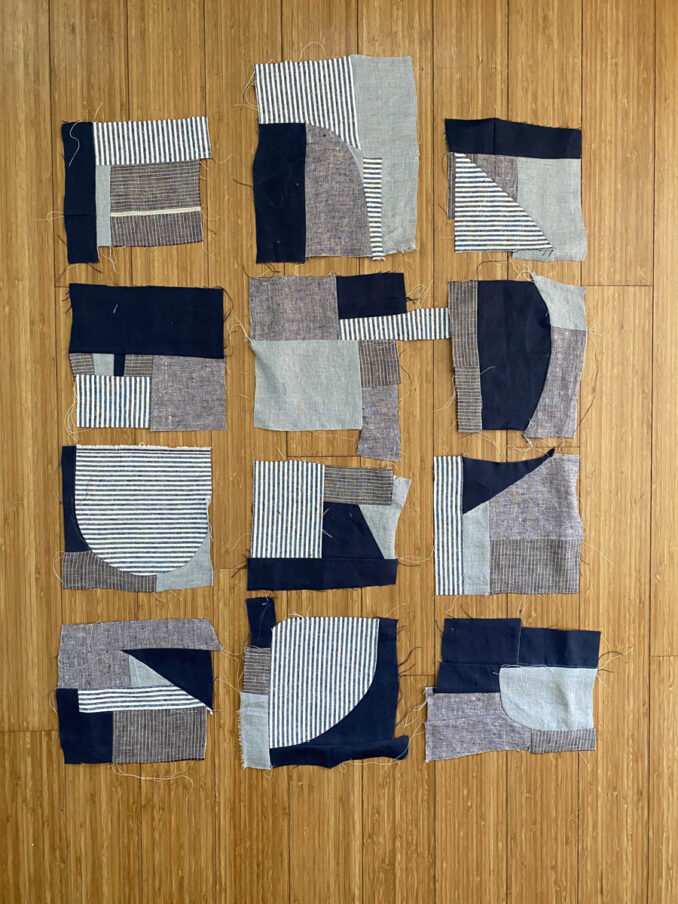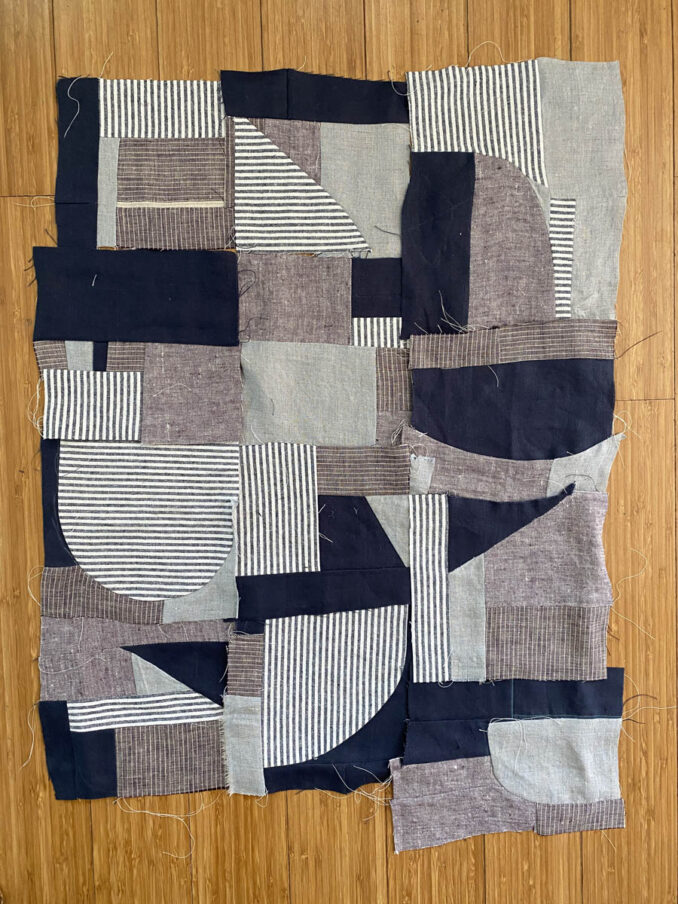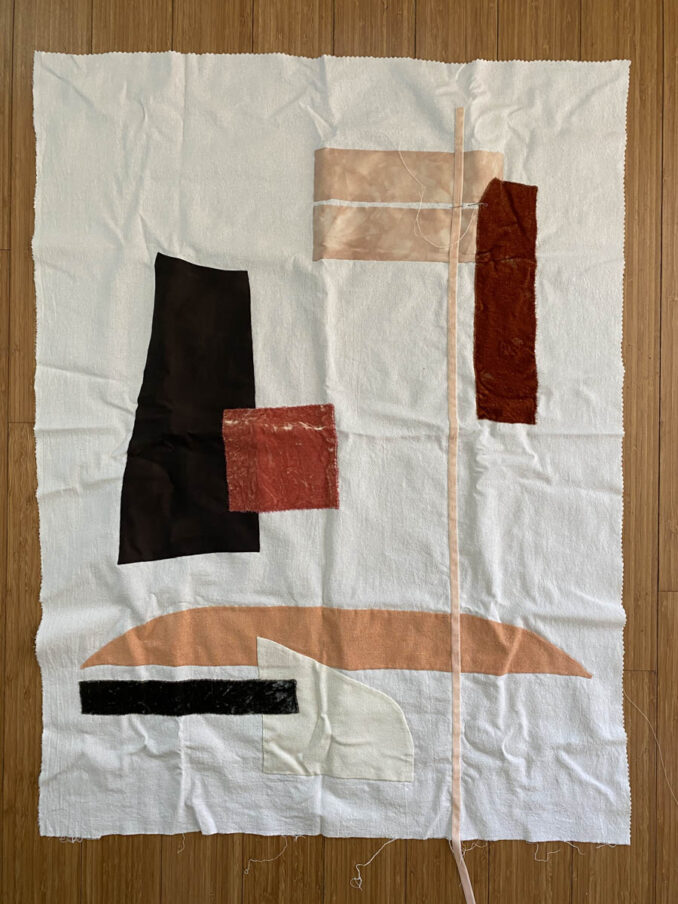Abby rejoined dwg. as a full-time landscape designer after graduating with her Masters of Landscape Architecture from the University of Texas at Austin. Before completing her degree, Abby served as a summer intern for dwg. She grew up in the Adirondacks Mountains, and spent her childhood exploring the woods, climbing the High Peaks, and swimming in Lake Champlain. These experiences instilled in her a love for exploration and discovery, which she applies to her design process.
Abby’s work seeks to foster physical and emotional connections to our environments and bring a sense of exploration to our urban spaces. Abby’s design process prioritizes iteration and cross-disciplinary collaboration to solve problems. She believes that it is essential to activate a range of scales in each project to create a space that engages the community and creates place.
When she’s not place-making in the studio, you can find Abby hiking in our state parks and exploring swimming holes with her husband, daughter and dog, Lulu. You might also find Abby at her sewing machine late at night, trying to finish up her latest garment.

For the past month, I’ve been struggling with where to begin with such a lofty question — what does a landscape architect (or designer) do all day? And when I queried a friend with where to start, she looked at me as though I was utterly daft and responded with, “6 am.” So, like many others across various professions, my day begins with the 6 a.m. screams of my nine-month-old daughter. I roll out of bed, make us breakfast, and try to complete a crossword puzzle while she plays on the floor until it is time to go to daycare. By 8:30, I have dropped her off at her school and made it back to my makeshift remote home “office” to start my workday.

As a landscape designer with dwg., a 30-person firm in Austin, Texas, my days are spent shifting between a range of projects at a variety of scales. While we work on residential, multifamily, commercial and public projects, dwg. has a particular focus on working at an urban scale and shepherding projects that influence public policy.
I’ve spent the past year thinking a lot about urban trees. In 2020 dwg. was hired by the City of Austin to develop standards for tree selection and planting along a series of urban corridors. Our goal was to develop innovative strategies to encourage healthy tree growth in order to provide shade to multi-modal users of the corridors. Working with a team of arborists, engineers and urban planners, we updated city standard details using the latest aboricultural research, worked with city utility departments to expand strategies for planting near underground utilities, and expanded the list of utility compatible trees. The tree guide that we created is being used for specific projects in Austin, but we hope that the innovative strategies we developed will be incorporated into future code updates.
My focus on trees takes another form in my work on the Waller Creek project in Austin. As the local Landscape Architect on the Michael Van Valkenburgh and Associates’ (MVVA) team, dwg. manages the the permitting process and is MVVA’s boots on the ground. The banks of Waller Creek are home to a wide variety of native trees, including heritage Cypress, Live Oaks and Pecans. These iconic trees are integral to the sense of place in our city and their protection is tantamount to the success of this project. I have recently been working with the design team to develop and coordinate tree protection strategies that preserve tree canopies and critical root zones, while allowing some low-impact work to occur in their vicinity.
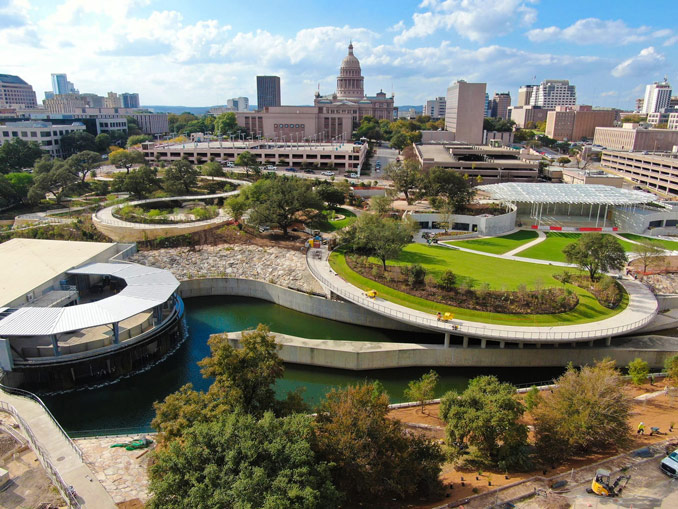
At the end of a day spent writing emails, attending meetings, drafting, drawing, modeling and diagramming, I usually feel a mixture of exhaustion and frenzy. To recenter, I end most workdays with a two mile walk to pick up my daughter from daycare. I love watching her discover our neighborhood (she is currently fascinated with a Moon Tower and every barking dog), and the community connection that I feel on these walks has been a lifeline in this year of social isolation. Beyond my own personal benefit, I hope that our walks instill in my daughter a love of observation and discovery, connection to community, and understanding of place.
My motivation to engage in personal creative endeavors ebbs and flows, but when it is flowing I look forward to the evenings with a singular focus. Quilting is my latest outlet. With so much of my day spent in the digital space, working with a tangible artform is both rejuvenating and gratifying. My quilts are made without patterns as I enjoy compositional explorations and thinking about how pieces of fabric and batting are stitched together to make a new form.
I’ve reached the end of my day and I am asking myself, once again, what it means to spend a day in the life of a landscape architect. I realize how intrinsically connected my work is to my life. Every new life experience influences the way I approach Landscape Architecture. My daughter discovering the Moon Tower shows me how children view and interact with our landscapes. Pushing her stroller inevitably leads to a critical examination of sidewalks, slopes, and curb cuts. Landscape Architecture is tied to life because, ultimately, the goal of the practice is making life better for our communities, one tree at a time.
Thanks to Abby for giving us an insight into her day.
Image Credits: Abby Comeau unless otherwise (captioned)

